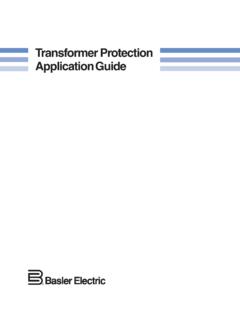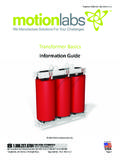Transcription of Transformer-XL: Attentive Language Models beyond a Fixed ...
1 Proceedings of the 57th Annual Meeting of the Association for Computational Linguistics, pages 2978 2988 Florence, Italy, July 28 - August 2, 2019 Association for Computational Linguistics2978 Transformer-XL: Attentive Language ModelsBeyond a Fixed -Length ContextZihang Dai 12, Zhilin Yang 12, Yiming Yang1, Jaime Carbonell1,Quoc V. Le2, Ruslan Salakhutdinov11 Carnegie Mellon University,2 Google have a potential of learninglonger-term dependency, but are limited by afixed-length context in the setting of languagemodeling. We propose a novel neural ar-chitectureTransformer-XLthat enables learn-ing dependency beyond a Fixed length with-out disrupting temporal coherence.
2 It con-sists of a segment-level recurrence mechanismand a novel positional encoding scheme. Ourmethod not only enables capturing longer-termdependency, but also resolves the context frag-mentation problem. As a result, Transformer-XL learns dependency that is 80% longer thanRNNs and 450% longer than vanilla Trans-formers, achieves better performance on bothshort and long sequences, and is up to 1,800+times faster than vanilla transformers duringevaluation. Notably, we improve the state-of-the-art results of bpc/perplexity to on en-wiki8, on text8, on WikiText-103, on One Billion Word, and on PennTreebank (without finetuning).
3 When trainedonly on WikiText-103, Transformer-XL man-ages to generate reasonably coherent, noveltext articles with thousands of tokens. Ourcode, pretrained Models , and hyperparametersare available in both Tensorflow and IntroductionLanguage modeling is among the important prob-lems that require modeling long-term dependency,with successful applications such as unsupervisedpretraining (Dai and Le,2015;Peters et al.,2018;Radford et al.,2018;Devlin et al.,2018). How-ever, it has been a challenge to equip neuralnetworks with the capability to model long-termdependency in sequential data. Recurrent neu-ral networks (RNNs), in particular Long Short- Equal contribution.
4 Order determined by swapping theone inYang et al.(2017).1 Memory (LSTM) networks (Hochreiter andSchmidhuber,1997), have been a standard solu-tion to Language modeling and obtained strongresults on multiple benchmarks. Despite thewide adaption, RNNs are difficult to optimizedue to gradient vanishing and explosion (Hochre-iter et al.,2001), and the introduction of gat-ing in LSTMs and the gradient clipping tech-nique (Graves,2013) might not be sufficient tofully address this issue. Empirically, previouswork has found that LSTM Language Models use200 context words on average (Khandelwal et al.,2018), indicating room for further the other hand, the direct connections be-tween long-distance word pairs baked in atten-tion mechanisms might ease optimization and en-able the learning of long-term dependency (Bah-danau et al.)
5 ,2014;Vaswani et al.,2017). Re-cently,Al-Rfou et al.(2018) designed a set of aux-iliary losses to train deep Transformer networksfor character-level Language modeling, which out-perform LSTMs by a large margin. Despite thesuccess, the LM training inAl-Rfou et al.(2018)is performed on separated Fixed -length segmentsof a few hundred characters, without any informa-tion flow across segments. As a consequence ofthe Fixed context length, the model cannot captureany longer-term dependency beyond the prede-fined context length. In addition, the Fixed -lengthsegments are created by selecting a consecutivechunk of symbols without respecting the sentenceor any other semantic boundary.
6 Hence, the modellacks necessary contextual information needed towell predict the first few symbols, leading to inef-ficient optimization and inferior performance. Werefer to this problem ascontext address the aforementioned limitations offixed-length contexts, we propose a new architec-ture called Transformer-XL (meaning extra long).We introduce the notion of recurrence into our2979deep self-attention network. In particular, insteadof computing the hidden states from scratch foreach new segment, we reuse the hidden states ob-tained in previous segments. The reused hiddenstates serve as memory for the current segment,which builds up a recurrent connection betweenthe segments.
7 As a result, modeling very long-term dependency becomes possible because in-formation can be propagated through the recur-rent connections. Meanwhile, passing informa-tion from the previous segment can also resolvethe problem of context fragmentation. More im-portantly, we show the necessity of using relativepositional encodings rather than absolute ones, inorder to enable state reuse without causing tem-poral confusion. Hence, as an additional techni-cal contribution, we introduce a simple but moreeffective relative positional encoding formulationthat generalizes to attention lengths longer than theone observed during obtained strong results on fivedatasets, varying from word-level to character-level Language modeling.
8 Transformer-XL is alsoable to generate relatively coherent long text arti-cles withthousands oftokens (see AppendixE),trained on only 100M main technical contributions include intro-ducing the notion of recurrence in a purely self- Attentive model and deriving a novel positional en-coding scheme. These two techniques form a com-plete set of solutions, as any one of them alonedoes not address the issue of Fixed -length con-texts. Transformer-XL is the first self-attentionmodel that achieves substantially better resultsthan RNNs on both character-level and word-levellanguage Related WorkIn the last few years, the field of Language mod-eling has witnessed many significant advances,including but not limited to devising novel ar-chitectures to better encode the context (Bengioet al.)
9 ,2003;Mikolov et al.,2010;Merity et al.,2016;Al-Rfou et al.,2018), improving regulariza-tion and optimization algorithms (Gal and Ghahra-mani,2016) , speeding up the Softmax computa-tion (Grave et al.,2016a) , and enriching the outputdistribution family (Yang et al.,2017).To capture the long-range context in languagemodeling, a line of work directly feeds a repre-sentation of the wider context into the networkas an additional input. Existing works rangefrom ones where context representations are man-ually defined (Mikolov and Zweig,2012;Ji et al.,2015;Wang and Cho,2015) to others that rely ondocument-level topics learned from data (Dienget al.
10 ,2016;Wang et al.,2017).More broadly, in generic sequence modeling,how to capture long-term dependency has been along-standing research problem. From this per-spective, since the ubiquitous adaption of LSTM,many efforts have been spent on relieving thevanishing gradient problem, including better ini-tialization (Le et al.,2015), additional loss sig-nal (Trinh et al.,2018), augmented memory struc-ture (Ke et al.,2018) and others that modify the in-ternal architecture of RNNs to ease the optimiza-tion (Wu et al.,2016;Li et al.,2018). Differentfrom them, our work is based on the Transformerarchitecture and shows that Language modeling asa real-world task benefits from the ability to learnlonger-term ModelGiven a corpus of tokensx=(x1.
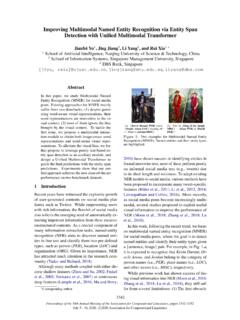
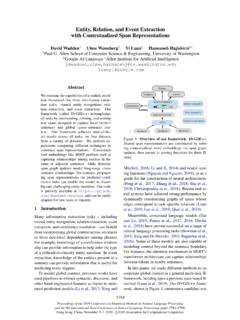
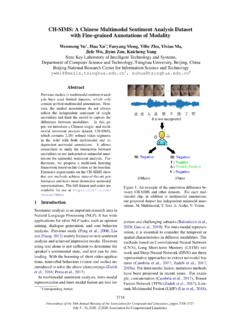
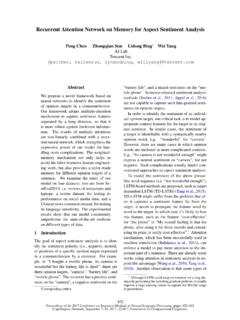
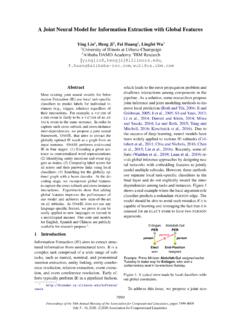
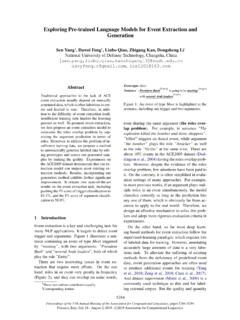
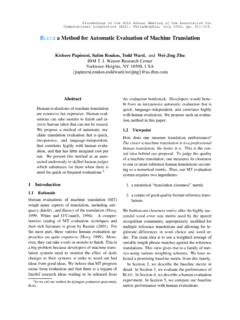
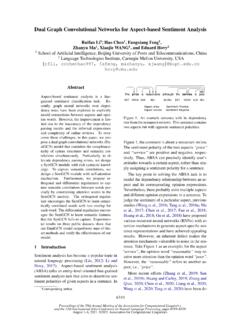
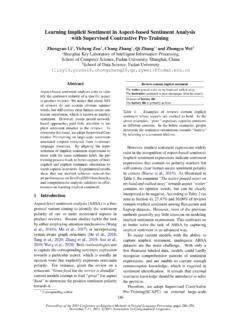

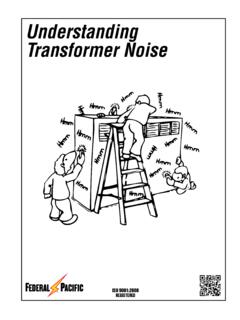
![arXiv:1901.02860v3 [cs.LG] 2 Jun 2019](/cache/preview/b/9/c/2/9/2/3/4/thumb-b9c292342bb76a16efe67e4fbea33de9.jpg)
